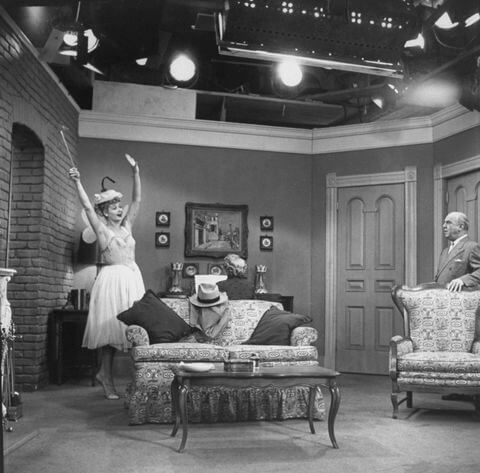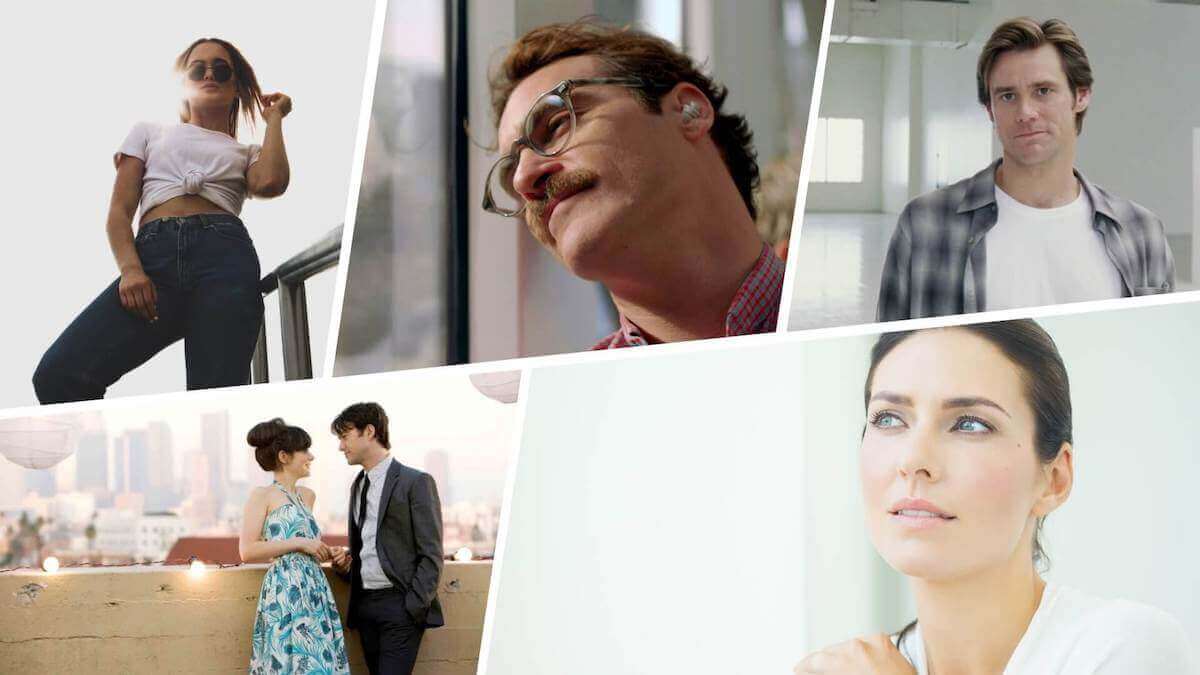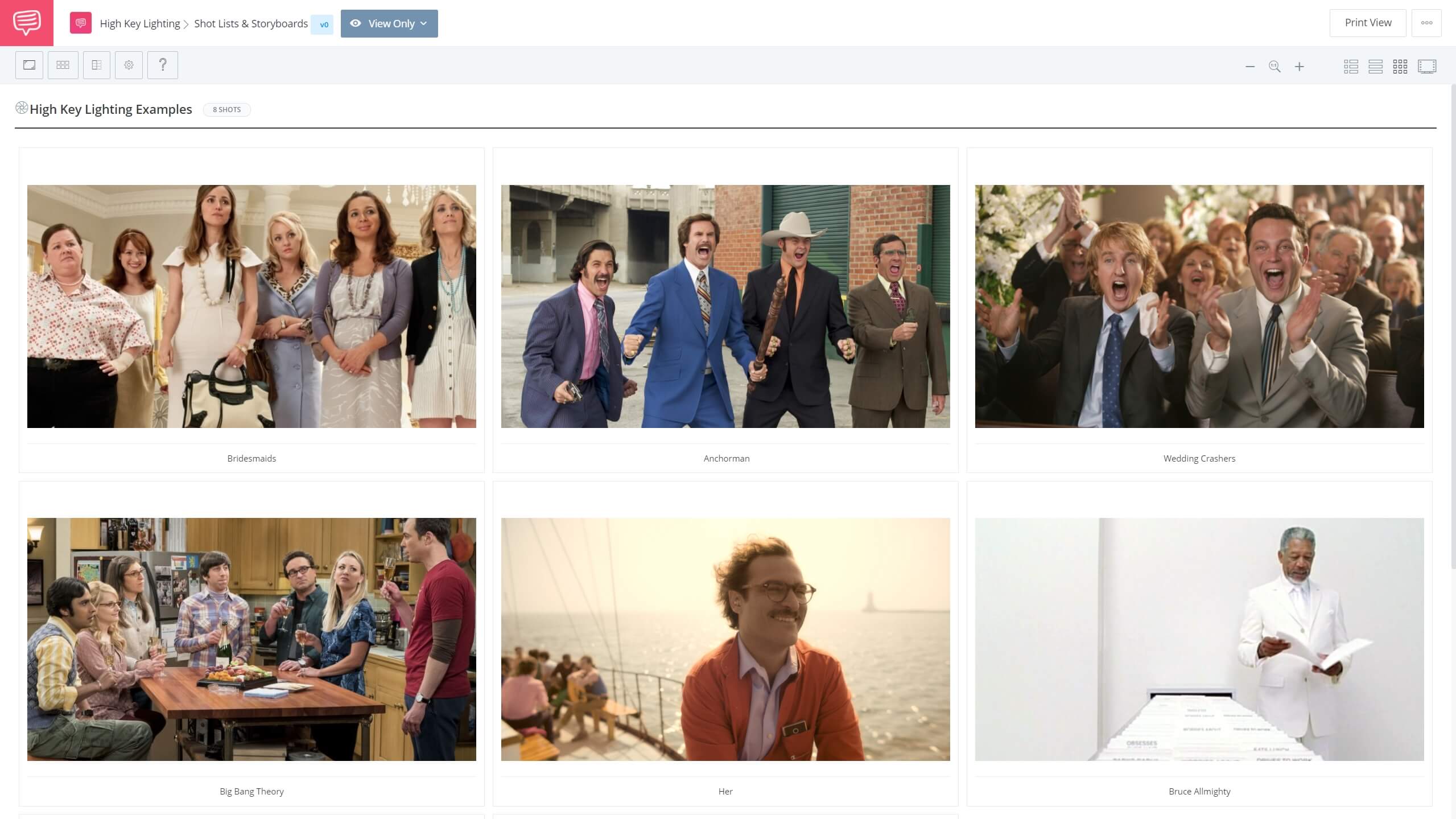One of the best ways for filmmakers to visually create a cohesive and intentional film tone is through lighting. The best cinematographers in the industry have a great understanding of the relationship between lighting and story. High key lighting has a long history in the world of film and television for both logistical and artistic reasons.
While there may be some debate to the effectiveness of high key lighting versus more dynamic lighting techniques, it may surprise you to know that one of the pioneers of dramatic, low-key lighting also pioneered the use of high key lighting in television. Who is this legendary cinematographer? And what effects of high key lighting did he find so effective? We’ll cover the answers to these burning questions and teach you how to apply high key video lighting to your next project right.
What is high key lighting
A quick definition of high key lighting
High key lighting in film may be easily recognizable as a viewer, but it is important for cinematographers to understand its definition and characteristics in order to create it.
The effects of this lighting technique are incredibly valuable to storytelling, but cannot be created without understanding what it is.
HIGH KEY LIGHTING DEFINITION
What is high key lighting?
High key lighting is a lighting style that results in a brightly lit frame with soft lighting, minimal shadows, and low contrast. In photography, film, and television, this lighting style uses minimal shadows with a majority of the frame composed of highlights.
This is completely opposite of low-key lighting that relies on high contrast and harsh shadows.
The result of this bright lighting style is a cheerful, airy, and positive mood that is often utilized in sitcoms, comedies, and commercial work.
What is high key lighting in film used for?
- Minimal shadows
- Soft lighting
- Bright frame full of highlights
- Low contrast
What is high key lighting in film?
The early days of high key lighting
What is high key lighting in film? To answer this question, we have to take a look at the history of the technique. The use of this technique can actually be traced back to a more logistical use than stylistic. In the early days of television and film, technological limitations made it difficult for filmmakers to process pictures with higher contrast ratios.
Films and TV often veered to opposite ends of the lighting spectrum. This included utilizing either low-key lighting and high contrast such as in Film Noir or high key lighting for more exposed subjects and sets. Some great early examples can be seen on the set of I Love Lucy.

Set of I Love Lucy
You’ll notice the lights on every side of the set that achieved this "shadowless" style that continues to be used in sitcoms to this day. The pioneer of this lighting style is the inimitable cinematographer Karl Freund.
Freund was ironically famous for his use of more dramatic lighting in his work such as in The Mummy (1932), Dracula (1931), and the classic Metropolis (1927). However when he took on being the director of photography for the sitcom I Love Lucy, Freund found the challenge of shooting in front of a live audience with a multi-camera setup exciting.
His solution? High key lighting. Check out this video in which Vox breaks down the history of this lighting style in sitcoms.
Why so many sitcoms look the same
High key video lighting had a major benefit to productions of television shows as well as films because the bright lighting setup required very minimal lighting changes from scene to scene. This was incredibly efficient and resulted in saving both money and time for production companies.
However, as the film and television industry grew so did technology and production budgets. Filmmakers utilized high key for more than just saving time. They used it to create a mood.
What is high key lighting used for?
Brighten up the mood
Today, this lighting can be found throughout television and film. Filmmakers utilize the lighting style to create a joyful, cheerful, lighthearted mood that elevates stories in sitcoms, comedies, and even uplifting scenes in dramas. Narratively, the bright aesthetic contributes to a more joyful tone.
We’ve compiled lighting examples using the StudioBinder storyboard creator that are great examples of how filmmakers use high key setups to elevate the upbeat mood of a scene. Take note of the lack of shadows, bright backgrounds, and overall mood of each shot.
Even if you have not seen these movies or don’t even know the context of each shot, the bright lighting gives you an idea of the tone of each scene. What is high key lighting good at?
Just take a look at some of the best comedy movies using it. Most use high key setups to maintain the lightheartedness throughout the film.
This lighting style often lacks the emotional or dramatic meaning that some films require. This is where other film lighting techniques would come into play. If you do come to the conclusion that your next project would benefit most from a high key setup, here are a few tips and techniques to achieve this method.
High key lighting tutorial
How to achieve high key lighting
High key lighting builds off of the fundamental 3-point lighting technique. It is important to note that although this technique by definition has more exposure throughout the frame, the quality of that exposure is important. Large soft boxes, silks, and diffusion are important to making sure the quality of your light is soft and diffused.
The difference between high key vs low key lighting is in the light ratios used. Typical high key setups utilize a key-to-fill light ratio of nearly 1:1. High key vs low key lighting is noticeably different in the contrast, shadows, and mood of the lighting setup.
If you want to maintain some sort of dimension in a subject's shadow side when using a high key setup, expose the shadow side between half or a full stop lower than a subject's key side. Check out this breakdown and demonstration in this video by Premium Beat.
Cinematography Tips
Creating soft fill light by using diffusion, bouncing light, or even ring lights will help create high quality, zero contrast lighting. Obviously, working with the best lighting kits for video will help you achieve a great high key lighting setup. However, don’t let a lack of equipment restrict you from using this style on your next project.
If you’re struggling to decide between a high key vs low key lighting setup, always come back to the story. What is its mood, tone, and emotional baseline? Keep an open-mind to experimenting with whatever lighting equipment you have whether it be minimal or expansive.
UP NEXT
Best cinematography techniques
Are you curious about other lighting techniques and styles to expand your arsenal as a cinematographer? Every story is different and every project will bring new problems and opportunities to the table. Check out the next article to learn about the best cinematography tips and techniques that will help you take on any project.
Up Next: Cinematography techniques →
Showcase your vision with elegant shot lists and storyboards.
Create robust and customizable shot lists. Upload images to make storyboards and slideshows.

